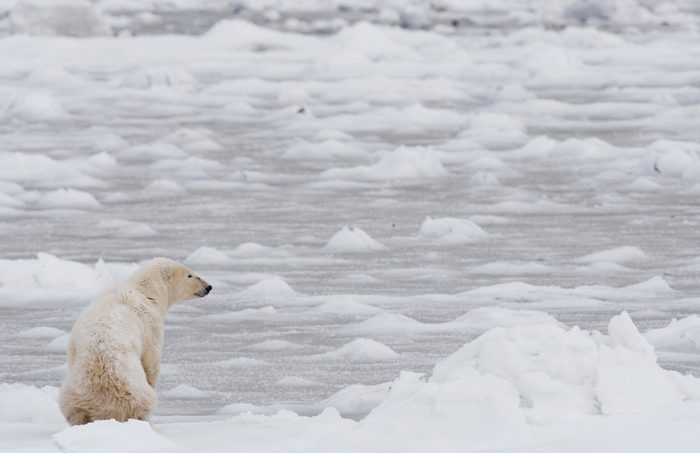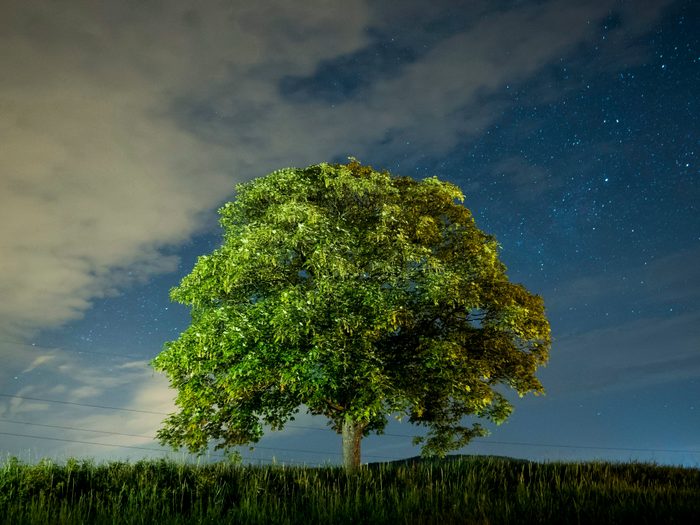Good morning, this is Michelle, and as the Human Rights Council meeting this month in Geneva wraps up its first week, we hear that a years-long demand for the UN to appoint a human rights expert on climate change remains a divisive issue.
In other climate news, a leaked UN draft report gives a stark warning that the point of no return for climate change is closer than we thought. Also, we learn why trees grow mostly at night. |
|
Climate & environment news
|
|

A polar bear near Churchill, Manitoba, 7 November, 2007. (Keystone/AP Photo/The Canadian Press, Jonathan Hayward)
|
|
🇺🇳 A shy council.
For years rights groups have been calling for the Human Rights Council to appoint a special rapporteur to look at the human rights implications of climate change. While the proposal has gained backing by dozens of countries in the last years, many member states are opposed to increasing scrutiny on their governments. A draft resolution determining how the council will address the climate issue for the following year is expected to be submitted by 2 July.
Geneva Solutions (EN)
|
|
⛈️ Doom and gloom.
A worrying draft report by the Intergovernmental Panel on Climate Change leaked to Agence France Presse is getting all kinds of doom and gloom media headlines this week. The document, which was set to be released early next year following the Cop26 climate summit in Glasgow, warns of a number of climate tipping points beyond which the damage to the Earth’s ecosystems will be irreversible.
The Guardian (EN)
|
|
Here's what else is happening
|

A tree in the dusky night near Matraverebely, northeast of Budapest, Hungary, 09 May 2016. (Keystone/EPA/Peter Komka Hungary)
|
|
🌲 The nocturnal life of trees.
Scientists at Swiss Federal Institute for Forest, Snow and Landscape Research (WSL) have found that tree growth happens primarily in the dark, and the reason behind this is air humidity. While trees need carbohydrates to grow, and these are produced through photosynthesis during the day, air humidity is also a key element. The dry air at daytime seems to limit their growth, even in moist soil conditions. According to the WSL, this could influence how we view the impact of climate change on forests, including their capacity to store carbon.
WSL (EN)
|
|
|
GS news is a new media project covering the world of international cooperation and development. Don’t hesitate to forward our newsletter!
Have a good day!
|

|
|
Avenue du Bouchet 2
1209 Genève
Suisse
|
|
|
|









